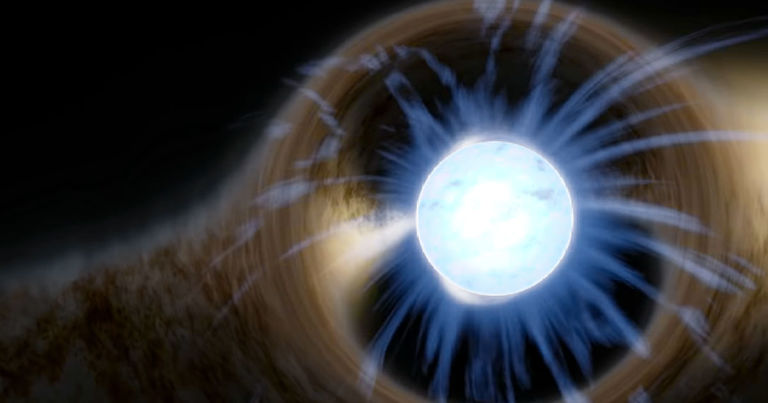If a star is gigantic enough, it can collapse in on itself to form a black hole. Stars that are still huge, but not big enough to become black holes, tend to explode in supernovae, eventually transforming into what is known as a neutron star.
What has long puzzled scientists is that the smallest black holes tend to be at least five times the mass of the Sun, while neutron stars are at most 2.5 times the mass of the Sun. Inside those boundaries lies what has become known as the “mass gap” — a mysterious range between the mass of black holes and neutron stars.
Now, though, a new discovery by a team of European astronomers seems to fit into that gap, suggesting a new class of objects that were thought to be impossible.
Using the National Science Foundation’s Laser Interferometer Gravitational-Wave Observatory (LIGO) in Louisiana and the Virgo detector in Italy, a team of experts discovered an unusual celestial object that’s about 2.6 times the mass of the Sun.
“The reason these findings are so exciting is because we’ve never detected an object with a mass that is firmly inside the theoretical mass gap between neutron stars and black holes before,” Laura Nuttall, a gravitational wave expert from the University of Portsmouth’s Institute of Cosmology and Gravitation, and co-author of the paper published in The Astrophysical Journal today, said in a statement. “Is it the lightest black hole or the heaviest neutron star we’ve ever seen?”
The object — dubbed a “black neutron star” by the BBC — was first detected in August, when it merged with a massive black hole of 23 solar masses, transforming into a final black hole of 25 solar masses some 800…



